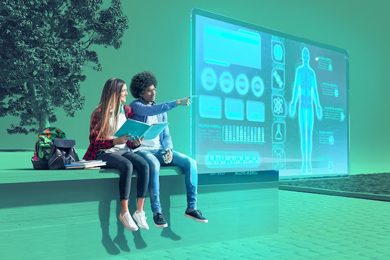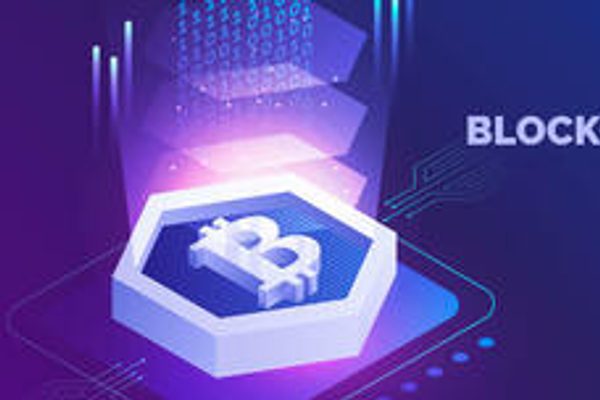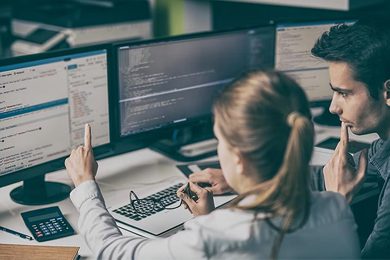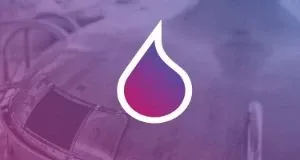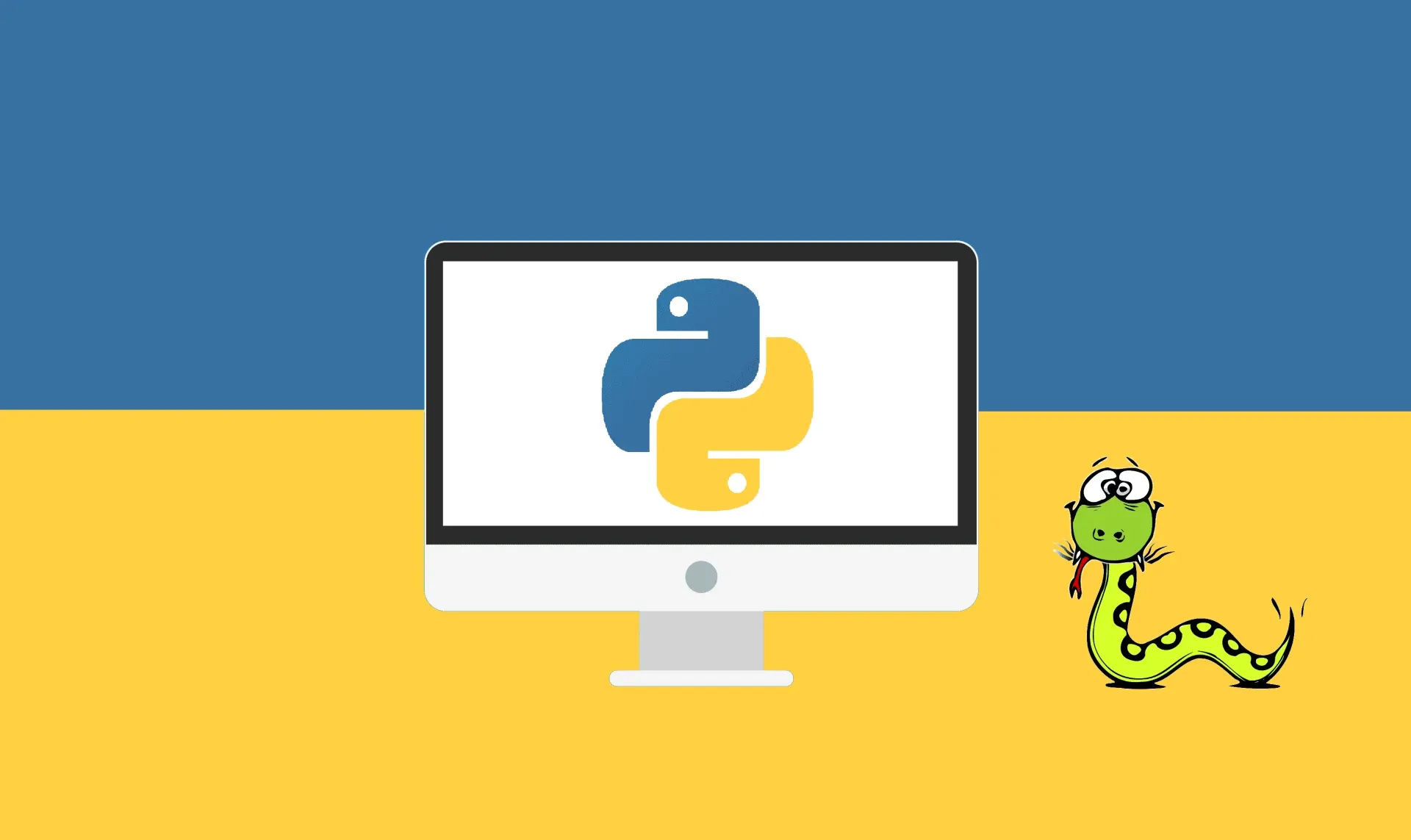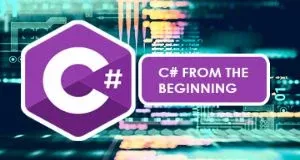This plan includes
- Limited free courses access
- Play & Pause Course Videos
- Video Recorded Lectures
- Learn on Mobile/PC/Tablet
- Quizzes and Real Projects
- Lifetime Course Certificate
- Email & Chat Support
What you'll learn?
- Learn all the important functionalities of OpenCV Library. Implement Face Detection, Face Recognition and Optical Character Recognition.
Course Overview
Pre-requisites
- A decent configuration computer to run Virtual Box and Linux. Only basic programming knowledge required.
Target Audience
- Beginners who are interested in Computer Vision based technology. Developers who wish to use Computer Vision in their applications.
Curriculum 63 Lectures 08:03:08
Section 1 : Introduction to OpenCV.
Section 2 : Installing Virtual Box and Ubuntu 18.
- Lecture 1 :
- Installing Virtual Box and Ubuntu 18 - Part 1
- Lecture 2 :
- Installing Virtual Box and Ubuntu 18 - Part 2
Section 3 : Installing Libraries and Dependencies.
- Lecture 1 :
- Installing Libraries and Dependencies - Part 1
- Lecture 2 :
- Installing Libraries and Dependencies - Part 2
Section 4 : Installing Sublime Text Editor for Ubuntu.
- Lecture 1 :
- Installing Sublime Text Editor for Ubuntu.
Section 5 : Image Processing Concepts.
- Lecture 1 :
- Image Processing Concepts.
Section 6 : OpenCV Read Load and Save Image - Sample Program.
- Lecture 1 :
- OpenCV Read Load and Save Image - Sample Program - Part 1
- Lecture 2 :
- OpenCV Read Load and Save Image - Sample Program - Part 2
Section 7 : OpenCV Pixel and Area Manipulation.
- Lecture 1 :
- OpenCV Pixel and Area Manipulation - Part 1
- Lecture 2 :
- OpenCV Pixel and Area Manipulation - Part 2
Section 8 : OpenCV - Drawing Lines and Rectangles.
- Lecture 1 :
- OpenCV - Drawing Lines and Rectangles.
Section 9 : OpenCV - Drawing Circles - Simple and Concentric Circles.
- Lecture 1 :
- OpenCV - Drawing Circles - Simple and Concentric Circles.
Section 10 : OpenCV - Drawing Random Circles.
- Lecture 1 :
- OpenCV - Drawing Random Circles.
Section 11 : OpenCV Image Transformation - Translation.
- Lecture 1 :
- OpenCV Image Transformation - Translation - Part 1
- Lecture 2 :
- OpenCV Image Transformation - Translation - Part 2
Section 12 : OpenCV Image Transformation - Rotation.
- Lecture 1 :
- OpenCV Image Transformation - Rotation.
Section 13 : OpenCV Image Transformation - Resizing.
- Lecture 1 :
- OpenCV Image Transformation - Resizing - Part 1
- Lecture 2 :
- OpenCV Image Transformation - Resizing - Part 2
Section 14 : OpenCV Image Transformation.
- Lecture 1 :
- OpenCV Image Transformation - Flipping.
- Lecture 2 :
- OpenCV Image Transformation - Cropping.
Section 15 : OpenCV Image Arithmetic Operations.
- Lecture 1 :
- OpenCV Image Arithmetic Operations - Part 1
- Lecture 2 :
- OpenCV Image Arithmetic Operations - Part 2
Section 16 : OpenCV Image Bitwise Logical Operations.
- Lecture 1 :
- OpenCV Image Bitwise Logical Operations - Part 1
- Lecture 2 :
- OpenCV Image Bitwise Logical Operations - Part 2
Section 17 : OpenCV - Image Masking.
- Lecture 1 :
- OpenCV - Image Masking - Part 1
- Lecture 2 :
- OpenCV - Image Masking - Part 2
Section 18 : Image Color Channels Merging and Splitting.
- Lecture 1 :
- Image Color Channels Merging and Splitting - Part 1
- Lecture 2 :
- Image Color Channels Merging and Splitting - Part 2
Section 19 : OpenCV - Other Color Spaces - GRAY, HSV, LAB.
- Lecture 1 :
- OpenCV - Other Color Spaces - GRAY, HSV, LAB.
Section 20 : OpenCV - Gray scale Histograms.
- Lecture 1 :
- OpenCV - Gray scale Histograms - Part 1
- Lecture 2 :
- OpenCV - Gray scale Histograms - Part 2
Section 21 : OpenCV - Color Histograms.
- Lecture 1 :
- OpenCV - Color Histograms.
Section 22 : OpenCV - Histogram Equalization.
- Lecture 1 :
- OpenCV - Histogram Equalization.
Section 23 : OpenCV - Image Blurring.
- Lecture 1 :
- OpenCV - Image Blurring - Part 1
- Lecture 2 :
- OpenCV - Image Blurring - Part 2
Section 24 : OpenCV - Image Threshold.
- Lecture 1 :
- OpenCV - Image Threshold - Part 1
- Lecture 2 :
- OpenCV - Image Threshold - Part 2
Section 25 : OpenCV - Image Gradient Detection.
- Lecture 1 :
- OpenCV - Image Gradient Detection -Part 1
- Lecture 2 :
- OpenCV - Image Gradient Detection -Part 2
Section 26 : OpenCV- Canny Edge Detection.
- Lecture 1 :
- OpenCV- Canny Edge Detection.
Section 27 : OpenCV - Image Contours.
- Lecture 1 :
- OpenCV - Image Contours.
Section 28 : Face Detection using OpenCV.
- Lecture 1 :
- Face Detection using OpenCV - Part 1
- Lecture 2 :
- Face Detection using OpenCV - Part 2
Section 29 : Face Recognition using Machine Learning.
- Lecture 1 :
- Face Recognition using Machine Learning - Part 1
- Lecture 2 :
- Face Recognition using Machine Learning - Part 2
- Lecture 3 :
- Face Recognition using Machine Learning - Part 3
Section 30 : Digital Face Makeup.
- Lecture 1 :
- Digital Face Makeup.
Section 31 : Face Distance Value of Face Recognition.
- Lecture 1 :
- Face Distance Value of Face Recognition.
Section 32 : Real Time Face Recognition.
- Lecture 1 :
- Real Time Face Recognition.
Section 33 : Real Time Facial Expression Recognition.
- Lecture 1 :
- Real Time Facial Expression Recognition - Part 1
- Lecture 2 :
- Real Time Facial Expression Recognition - Part 2
Section 34 : Optical Character Recognition - OCR using PyTesseract Library.
- Lecture 1 :
- Optical Character Recognition - OCR using PyTesseract Library - Part 1
- Lecture 2 :
- Optical Character Recognition - OCR using PyTesseract Library - Part 2
- Lecture 3 :
- Optical Character Recognition - OCR using PyTesseract Library - Part 3
Section 35 : System Preparation - Object Detection using Pre-Trained Models - Introduction.
- Lecture 1 :
- System Preparation - Object Detection using Pre-Trained Models - Introduction.
Section 36 : Object Detection using Pre-Trained Models - SSD MobileNet.
- Lecture 1 :
- Object Detection using Pre-Trained Models - SSD MobileNet - Part 1
- Lecture 2 :
- Object Detection using Pre-Trained Models - SSD MobileNet - Part 2
Section 37 : Realtime object prediction ssd.
- Lecture 1 :
- Realtime object prediction ssd.
Section 38 : Mask R-CNN - Object Detection using Pre-Trained Models.
- Lecture 1 :
- Mask R-CNN - Object Detection using Pre-Trained Models - Part 1
- Lecture 2 :
- Mask R-CNN - Object Detection using Pre-Trained Models - Part 2
- Lecture 3 :
- Mask R-CNN - Object Detection using Pre-Trained Models - Part 3
Section 39 : YOLO - Object Detection using Pre-Trained Models.
- Lecture 1 :
- YOLO - Object Detection using Pre-Trained Models.
Our learners work at
Frequently Asked Questions
How do i access the course after purchase?
It's simple. When you sign up, you'll immediately have unlimited viewing of thousands of expert courses, paths to guide your learning, tools to measure your skills and hands-on resources like exercise files. There’s no limit on what you can learn and you can cancel at any time.Are these video based online self-learning courses?
Yes. All of the courses comes with online video based lectures created by certified instructors. Instructors have crafted these courses with a blend of high quality interactive videos, lectures, quizzes & real world projects to give you an indepth knowledge about the topic.Can i play & pause the course as per my convenience?
Yes absolutely & thats one of the advantage of self-paced courses. You can anytime pause or resume the course & come back & forth from one lecture to another lecture, play the videos mulitple times & so on.How do i contact the instructor for any doubts or questions?
Most of these courses have general questions & answers already covered within the course lectures. However, if you need any further help from the instructor, you can use the inbuilt Chat with Instructor option to send a message to an instructor & they will reply you within 24 hours. You can ask as many questions as you want.Do i need a pc to access the course or can i do it on mobile & tablet as well?
Brilliant question? Isn't it? You can access the courses on any device like PC, Mobile, Tablet & even on a smart tv. For mobile & a tablet you can download the Learnfly android or an iOS app. If mobile app is not available in your country, you can access the course directly by visting our website, its fully mobile friendly.Do i get any certificate for the courses?
Yes. Once you complete any course on our platform along with provided assessments by the instructor, you will be eligble to get certificate of course completion.
For how long can i access my course on the platform?
You require an active subscription to access courses on our platform. If your subscription is active, you can access any course on our platform with no restrictions.Is there any free trial?
Currently, we do not offer any free trial.Can i cancel anytime?
Yes, you can cancel your subscription at any time. Your subscription will auto-renew until you cancel, but why would you want to?
Instructor

286604 Course Views
19 Courses



 Tech & IT
Tech & IT
 Business
Business
 Coding & Developer
Coding & Developer
 Finance & Accounting
Finance & Accounting
 Academics
Academics
 Office Applications
Office Applications
 Art & Design
Art & Design
 Marketing
Marketing
 Health & Wellness
Health & Wellness
 Sounds & Music
Sounds & Music
 Lifestyle
Lifestyle
 Photography
Photography




